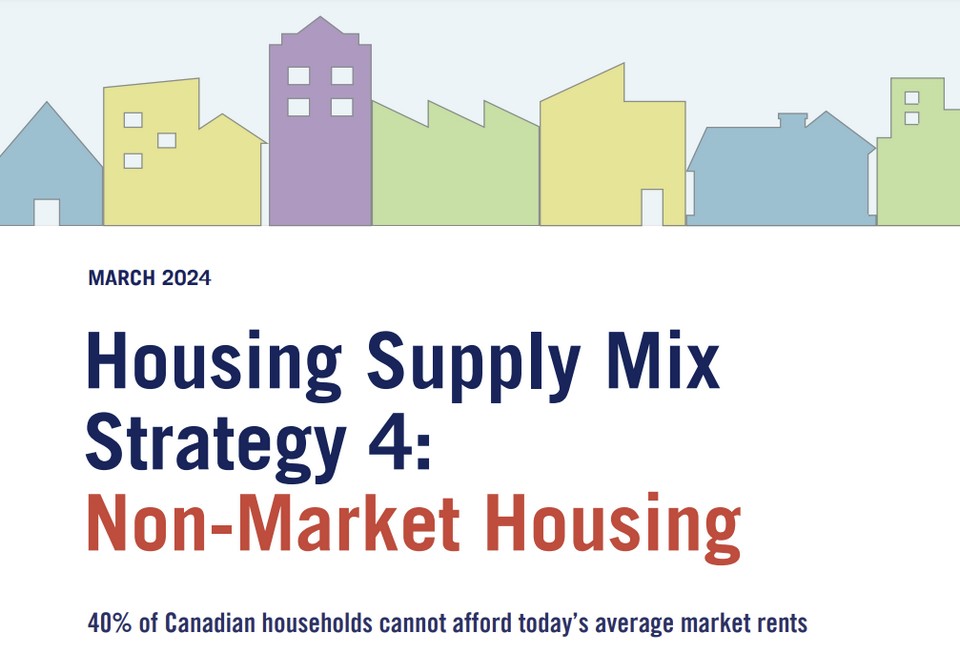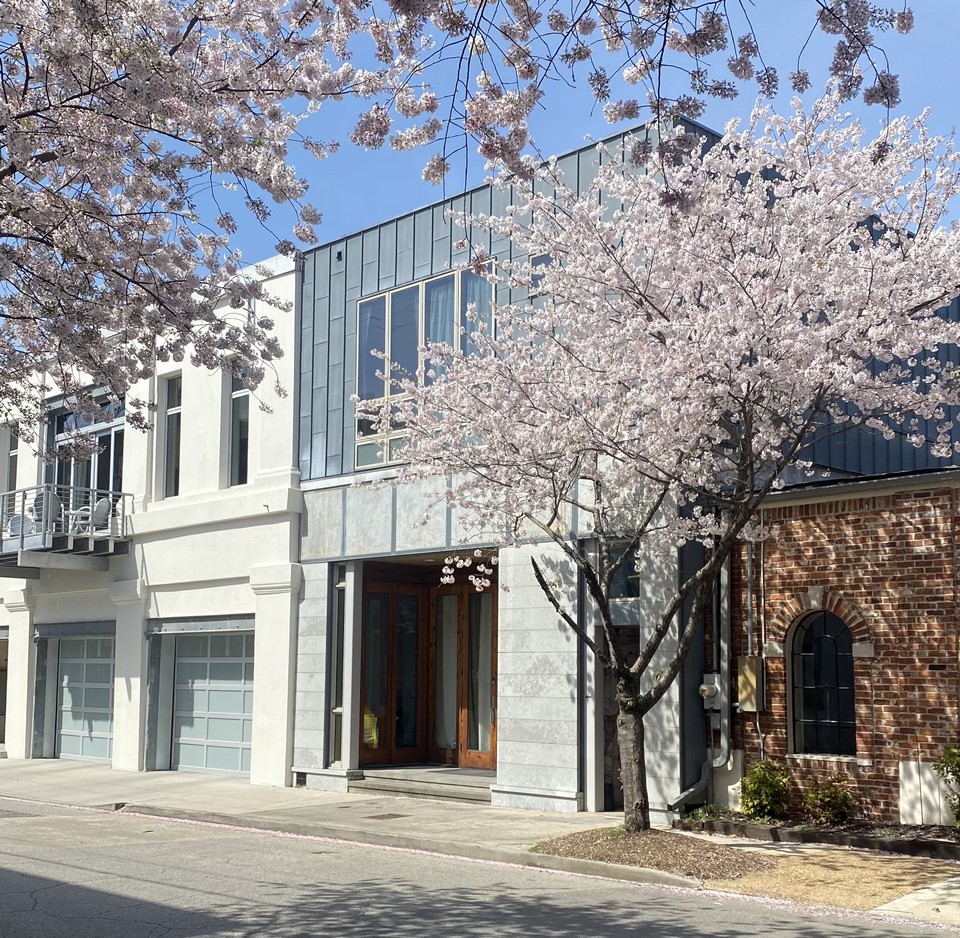Housing Mix Strategy 4: Non-Market Housing
The article discusses the urgent need for non-market housing in Canada, highlighting that 40% of Canadian households cannot afford current market rents. It emphasizes the historical shift from significant government investment in non-market housing in the 1970s to a heavy reliance on private market housing today. This shift has led to a severe shortage of affordable housing, with non-market housing now representing less than 6% of the housing stock.






